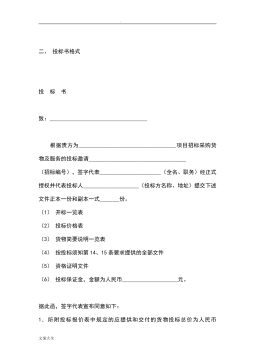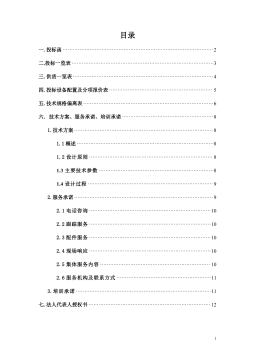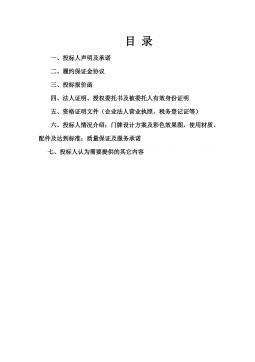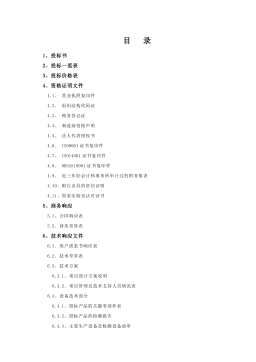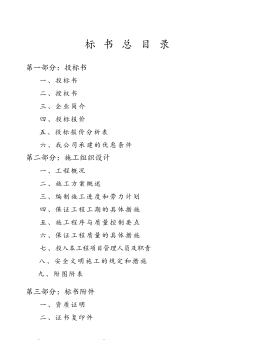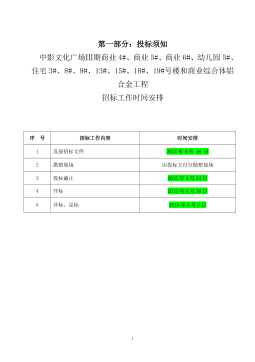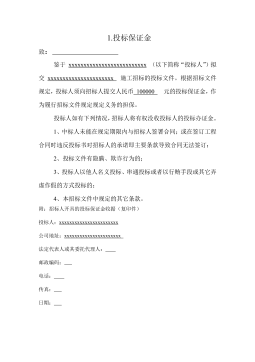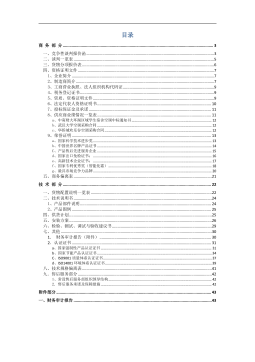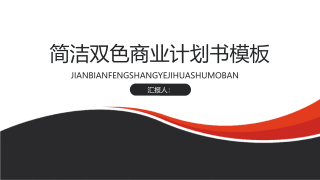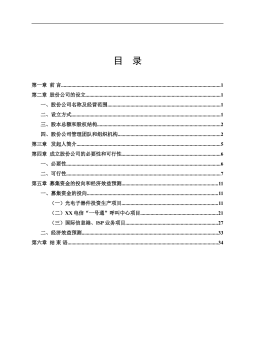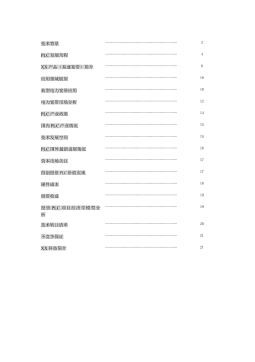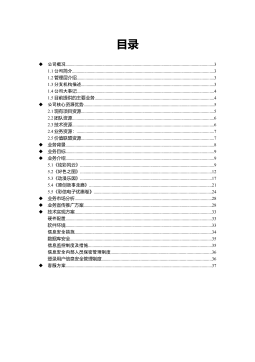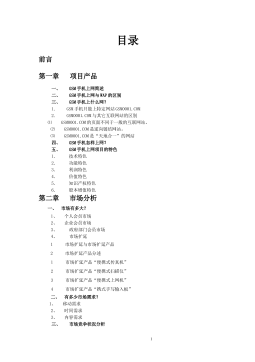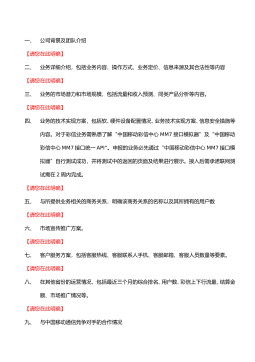我国人民币均衡汇率的实证研究
VIP免费
硕士学位论文
IV
摘要
随着经济全球化和经济一体化,汇率作为国家宏观经济的主要调控手段和经
济杠杆对国民经济发展所起的作用越来越明显。特别是,鉴于次贷危机引起的全
球金融危机对实体产生的冲击很大。近年来我国对外贸易依存度不断上升,而作
为中国经济“三驾马车”之一的出口在这次危机中出现连续负增长,这连同外向
型企业的洗牌,使人民币汇率更深程度成为国内外学术界、商界和政府部门关注
的焦点。因此,对人民币汇率的研究具有非常重要的意义。
本文首先概述了有关我国人民币均衡实际汇率方面的选题背景、研究内容和
结构,并提出研究方法以及创新之处。
其次,本文系统介绍了目前较为流行的均衡实际汇率理论和相关模型,西方
均衡实际汇率的研究有基本经济要素均衡实际汇率理论、自然均衡实际汇率理论、
行为均衡实际汇率理论何均衡实际汇率理论。接着,介绍了我国国内对有关人民
币均衡汇率理论的研究现状,我国目前有关人民币均衡汇率理论的研究主要是借
鉴西方均衡汇率理论,根据我国实际情况,选择不同的解释变量对原有模型加以
改进的。
然后,分别比较分析了均衡实际汇率理论和相关模型优缺点,为接下去的实
证研究奠定了理论基础。本文选取的是行为均衡实际汇率理论进行了实证分析,
是文章的重点部分。在分析均衡汇率相关理论的前提下,论文以 Clark 和MacDonald
提出的行为均衡汇率(Behavioral Equilibrium Exchange Rate,BEER)模型为基础,
搜集了 1981 至2007 年间的人民币汇率及相关经济指标数据,在原模型的基础上,
结合我国经济的具体情况,对原有模型进行了修正和改进,选取与人民币均衡汇
率有关的基本经济要素,建立了一个包括贸易条件、政府支出、利率水平、货币
供应量四个决定因素的人民币均衡汇率模型。根据建立的人民币行为均衡汇率模
型,论文通过 ADF 单位根检验、
Johansen 极大似然检验、向量误差修正模型及 H-P
滤波等计量分析步骤测算了人民币的行为均衡汇率,并以此为基础分析了人民币
实际汇率与均衡汇率的偏离程度。得出结论贸易条件、开放度、政府支出和相对
劳动生产率都是人民币均衡实际汇率的重要长期决定因素。其中,贸易条件和政
府支出对均衡实际汇率具有正向作用,而利率和货币供应量对均衡实质汇率具有
反向作用,与理论分析一致;人民币实际有效汇率始终围绕均衡汇率波动,并经
历了不同程度的高估和低估;人民币汇率的自我修正能力不强。
接着先对我国产业发展现状进行描述,然后对人民币汇率高估或低估对产业
硕士学位论文
V
结构调整和经济增长方式的转换的影响进行论述。结合我国产业发展现状提出政
策建议:(1) 降低我国进出口贸易的地区依赖;(2) 正确处理好内需和外需的关系、
投资和消费的关系,转变我国发展战略,由外向型向内需型转变,实现经济稳定
增长;(3) 适度调高人民币汇率,有利于发挥汇率调节经济增长方式的杠杆作用,
对于提高产品附加值、促进我国内涵经济的增长、推进我国出口产业结构调整升
级有着重要的影响。
最后是在实证分析汇率的失调以及对经济的影响的基础上得出本文的结论。
关键词:BEER 模型;均衡汇率;协整检验;偏离程度;汇率失调
硕士学位论文
VI
ABSTRACT
With the economic globalization and the integration, exchange rate as the main
macroeconomic control measures and economic leverage plays an increasingly
prominent role in the development of the national economy. Especially, in view of the
enormous impact that the global financial crisis caused by subprime lending crisis
exerts on the entity economy, China’s dependence on foreign trade has been on the rise
in recent years. As one of the “troika” of China’s economy, export has experienced a
continual negative growth in the crisis. It, together with the reshuffling of
export-oriented enterprises, makes RMB exchange rate the focus of attention of all
academic circles, business circles and government branches both at home and abroad.
Therefore, the research of the RMB exchange rate is of great significance.
First of all, we summarize research background, content and frame on the
equilibrium real exchange rate of RMB in China. and put forward the methods and
innovations used in this paper.
Secondly, we introduce the different theories on equilibrium exchange rate.
Theoretical theories related to equilibrium real exchange rate mainly include
fundamental factor equilibrium, natural equilibrium and behavior equilibrium exchange
rate theories. The research on equilibrium exchange rate in China according to the
specific condition, choose the different variables to modify the model.
Thirdly, analyze the different theories on equilibrium exchange rate’s advantages
and disadvantages separately, These are the theory foundations for our investigation in
the following part. Based on relevant research of the Equilibrium Exchange Rate theory,
we chooses the theory of Behavioral Equilibrium Exchange Rate raised by Clark and
MacDonald for further research, the period of the data collected and analyzed is from
1981 to 2007. According to the specific condition, the model is modified and chooses
major fundamentals that may be related to equilibrium exchange rate of RMB, a new
model is established containing four variables colluding term of trade, government
expenditure, rate, moneysupply. By establishing the BEER model of RMB, the
Behavioral Equilibrium Exchange Rate of RMB can be measured and calculated by ther
methods of ADF unit root test, Johansen co-integration test and H-P filter. Furthermore,
the deviation between RMB real exchange rate and its equilibrium exchange rate can be
estimated. The paper draws the conclusion that term of trade, government expenditural
硕士学位论文
VII
are basic factors of REER. Among this term of trade and government expenditure make
positive effect of REER, otherwise rate and moneysupply make negative effect. These
are all coincidence with the theory analyses; the real effective exchange rate of RMB
has always fluctuated around equilibrium exchange rate, and experienced different
overvaluation and undervaluation; the ability of RMB’s exchange rate revised itself is
poor.
Futhermore, the thesis description the situation of china industrial development,
and then demonstrates the influence that over-or-underestimation of RMB exchange rate
exerts on the industrial structure adjustment and the transformation of economic growth
mode. The thesis provides policy proposals according to the present situation of
industrial development in China: (1) to reduce the local dependence of China’s foreign
trade; to correctly handle the relationship between domestic and external demands,
between investment and consumption; (2) to transform China’s developmental strategy
from export-oriented to domestic-demand-oriented development and achieve stable
economic growth; (3) a moderate increase in the RMB exchange rate makes its
adjustment to the economic growth mode more effective and furthermore has an
important influence for improving the added-value of products, promoting the intensive
economic growth of China, and promoting the adjustment and upgrade of exporting
industrial structure in China.
Finally, based on the exchange-rate misalignment and influence that exerts on the
economic, there comes to the conclusions of the thesis.
Keywords:BEER Model; Equllibrium Exchange Rate; Cointegration test; Degree of
deviatior; Exchange-rate misalignment
硕士学位论文
I
目录
第一章前言
...................................................................................................................1
第一节 选题背景.........................................................................................................1
第二节 研究内容及结构.............................................................................................1
第三节 研究方法及创新之处.....................................................................................2
第二章 均衡汇率理论的研究现状.................................................................................4
第一节 国外均衡汇率理论.........................................................................................4
第二节 国内人民币均衡汇率的研究现状.................................................................9
第三章 基于 BEER 模型的实证研究...........................................................................16
第一节 人民币均衡实际汇率的 BEER 模型...........................................................16
第二节 协整分析.......................................................................................................21
第三节 向量误差修正模型(VECM).........................................................................26
第四节 计量结果分析...............................................................................................29
第四章 汇率失调对经济的影响及政策建议...............................................................31
第一节 汇率失调对经济的影响...............................................................................31
第二节 政策建议.......................................................................................................39
第五章结论
.................................................................................................................41
参考文献.........................................................................................................................42
附录
...............................................................................................................................46
硕士学位论文
1
第一章 前 言
第一节 选题背景
随着经济全球化和经济一体化,汇率作为国家宏观经济的主要调控手段和经
济杠杆对国民经济发展所起的作用越来越明显,大多数国家都利用汇率作为促进
国际收支平衡、调节货币流通和发展本国经济的主要手段,它的重要性也越来越
为大多数人所接受。因此,汇率问题的研究近年来成为了全世界的一大热点。再
者近年来,在我国经济快速增长,经常项目顺差不断扩大和外汇储备激增的背景
下,国际上要求人民币升值的呼声不断,由 2005 年7月21 日的 1美元兑换 8.11
人民币至 08 年12 月31 日的 1美元兑换 6.8346 人民币,升值 17.36%。国内学术
界和政策当局关于是否应该调整人民币汇率和改革人民币汇率制度的讨论也趋于
激化。特别是,鉴于次贷危机引起的全球金融危机对实体产生的冲击很大,我国
经济不仅面临着恶劣的国际经济环境和全球经济的回落,同时还面临着以产业重
组、产业升级为重点的产业结构调整。近年来我国对外贸易依存度不断上升,而
作为中国经济“三驾马车”之一的出口在这次危机中出现连续负增长和外向型企
业的洗牌,使人民币汇率更深程度成为国内外学术界、商界和政府部门关注的焦
点。实际汇率作为一种非贸易品和贸易品的相对价格,是影响外贸企业的重要因
素之一,从而影响不同产业之间的资源配置,进而对产业结构的调整产生影响。
因此,对人民币汇率的研究具有非常重要的理论和现实意义。
理论意义与实用价值:均衡汇率是汇率理论中的核心问题之一,是判断汇率
水平是否失调及汇率政策是否需要调整的主要客观依据。汇率的失调即以现实实
际汇率偏离均衡实际汇率程度来衡量,一个国家的汇率无论是高估还是低估,都
会导致社会福利和经济运行效率的下降。另外,汇率的失调,也就是高估、低估
通过汇率传导,是怎样改变不同产业间的相对价格,引起产业结构的调整进而对
经济增长方式的转变产生重要影响的,这也是实证之后本文的重点。
第二节 研究内容及结构
第一部分介绍了选题背景,研究内容、结构、方法以及本文的创新点。
第二部分涉及到的均衡汇率理论基础主要有:Cassel 的购买力平价(PPP,
purchase power parity,
1922)理论、
John Williamson 的基本要素均衡汇率理论(FEER,
1985 年)、Stein 的自然均衡汇率理论(NATREX,1995 年)以及 MacDonald 的行为
均衡汇率理论(BEER,1998 年)。接着,介绍了我国国内对有关人民币均衡汇率理
摘要:
展开>>
收起<<
硕士学位论文IV摘要随着经济全球化和经济一体化,汇率作为国家宏观经济的主要调控手段和经济杠杆对国民经济发展所起的作用越来越明显。特别是,鉴于次贷危机引起的全球金融危机对实体产生的冲击很大。近年来我国对外贸易依存度不断上升,而作为中国经济“三驾马车”之一的出口在这次危机中出现连续负增长,这连同外向型企业的洗牌,使人民币汇率更深程度成为国内外学术界、商界和政府部门关注的焦点。因此,对人民币汇率的研究具有非常重要的意义。本文首先概述了有关我国人民币均衡实际汇率方面的选题背景、研究内容和结构,并提出研究方法以及创新之处。其次,本文系统介绍了目前较为流行的均衡实际汇率理论和相关模型,西方均衡实际汇率的研...
作者:周伟光
分类:高等教育资料
价格:150积分
属性:56 页
大小:398.18KB
格式:PDF
时间:2024-09-20


